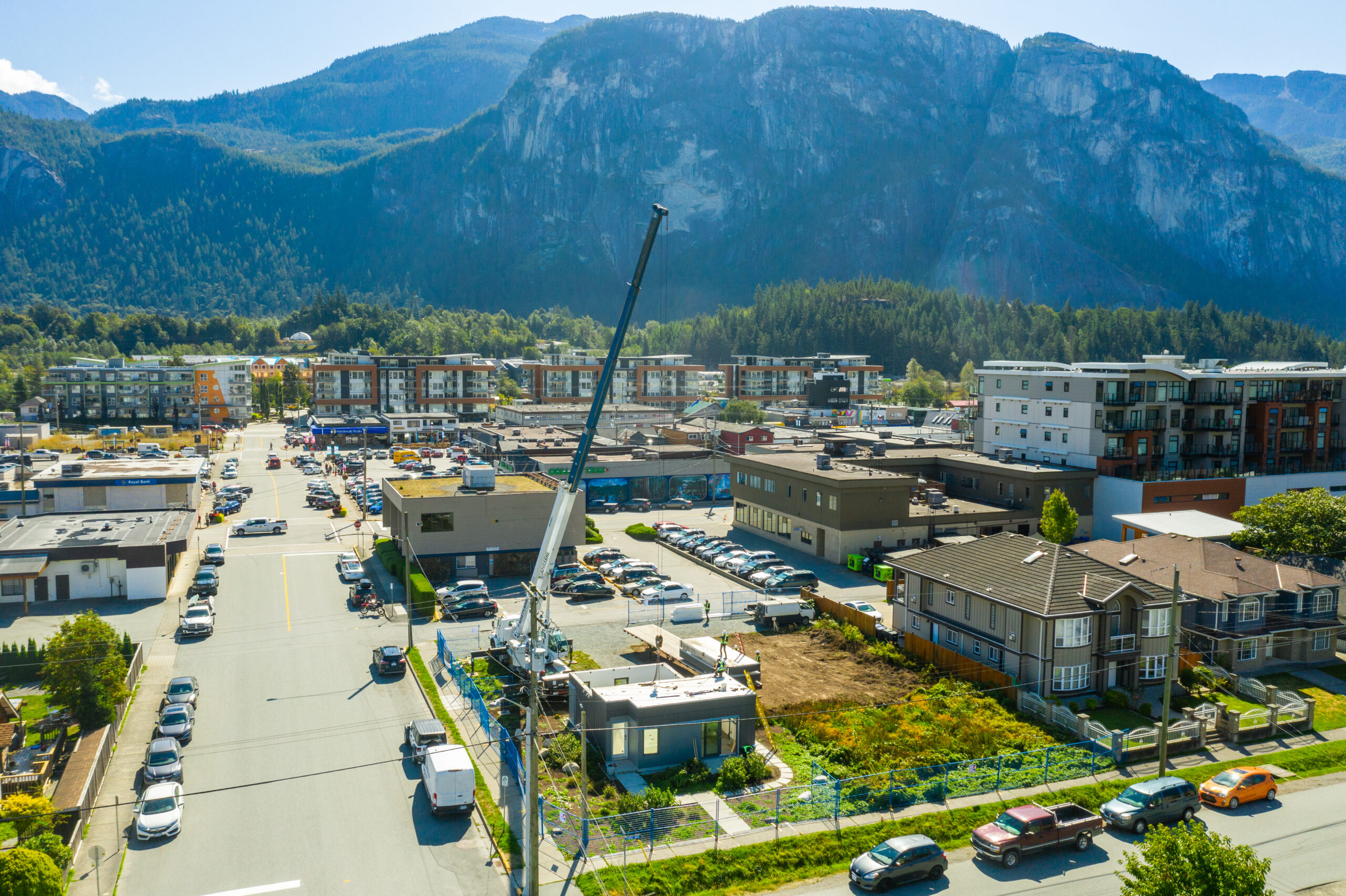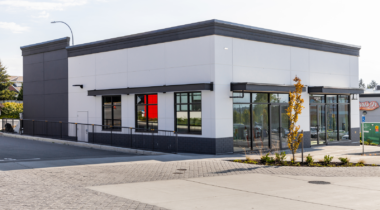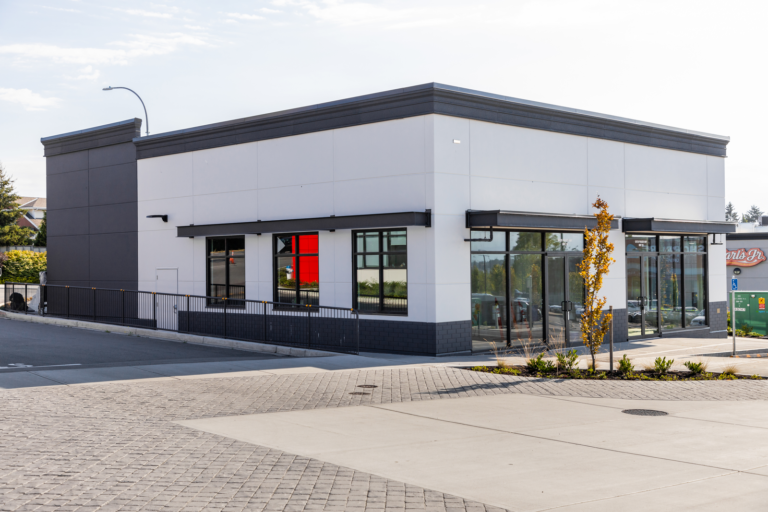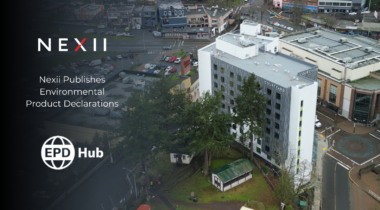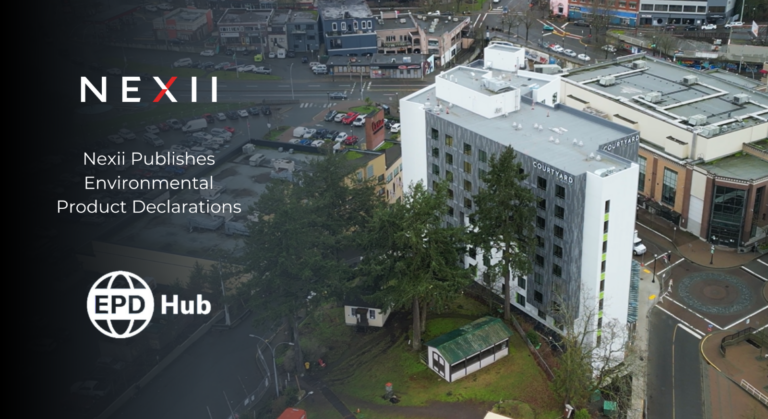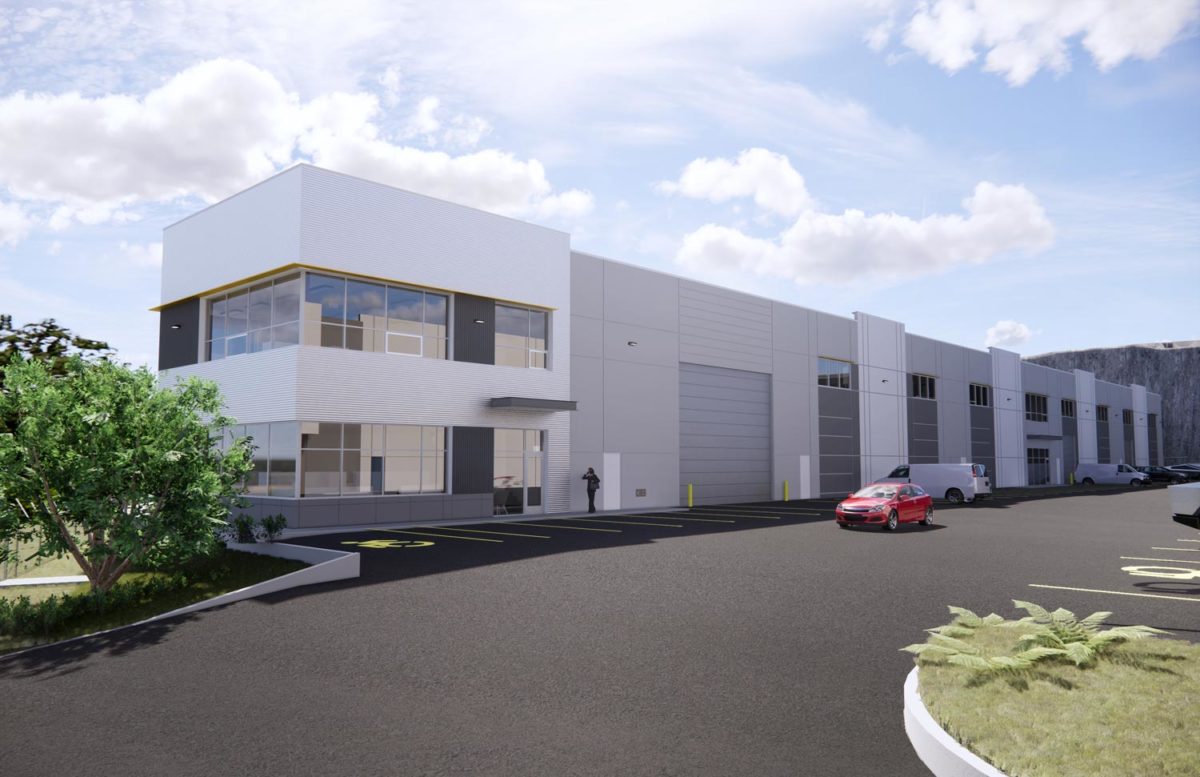

Honeywell and Nexii are companies dedicated to reducing the effects of climate pollution by transforming the building and construction industry to be more efficient and sustainable. Our companies created a strategic alliance in 2021, naming Honeywell as the exclusive building technology supplier for new buildings constructed by Nexii. Nexii’s expertise in high performance and efficient building systems will be integrated with the Honeywell Small and Medium Building Administrator powered by Honeywell Forge, an affordable and scalable building portfolio management system designed specifically for small-to-medium-sized buildings.
In this blog, Katheron Garcia, Global General Manager, Multisite Customers, Honeywell Building Technologies discusses Honeywell’s relationship with Nexii and how small-to-medium-sized commercial buildings can better manage and measure their energy consumption to ultimately reduce waste and save money.
By: Katheron Garcia
Which do you think is the larger source of greenhouse gas emissions, buildings or motor vehicles? If you answered “buildings” you would be correct. Buildings and building construction are responsible for more than one-third of global energy consumption and nearly 40 percent of total direct and indirect CO2 emissions, and on average, 30% of the energy consumed by commercial buildings is wasted due to lacking efficiency measures. Creating more efficient use of energy in commercial buildings is critical to mitigating greenhouse gas emissions and slowing the impact of climate change.
Skyscrapers and complex campuses of buildings aren’t the only types of buildings to blame when it comes to high energy use. Small- and medium-sized buildings have an impact, too. Consider that more than 90% of the existing U.S. commercial building stock consists of properties under 50,000 square feet and most of these buildings lack the tools to properly manage or measure energy use.
Let’s put the energy usage, and potential waste, of small- and medium-sized commercial buildings into perspective. In the United States alone, there are nearly 200,000 quick serve restaurants (QSR), and QSRs use approximately three times as much energy per square foot as other commercial spaces.
So, how can these small- to medium-sized commercial buildings – many of which are owned by large corporations that have made aggressive carbon reduction commitments – better manage and measure their energy consumption to ultimately reduce waste and save money? There are two key factors to consider: innovative building construction practices and building management tools designed specifically to meet the needs of these types of buildings.
Nexii Building Solutions and Honeywell formed a strategic alliance to address these needs – from construction to day-to-day operations. Nexii reduces the impact that buildings have on the environment with its innovative, high-performance green building products and building process. Honeywell brings its expertise in building automation, including a building management system (BMS) designed specifically for small- to medium-sized commercial buildings.
Nexii’s breakthrough materials and building processes allow for near-zero construction waste, and substantially less climate impact than a traditional concrete and steel building. Nexii’s innovative construction technology completely reimagines buildings, beginning with the building materials themselves. The company uses “Nexiite,” a proprietary material, which is a lower-carbon alternative to wood, concrete and steel, to fabricate pre-finished panels. The precision-manufactured, custom panels are designed to fit perfectly together like a jigsaw puzzle, allowing Nexii-constructed buildings to be built much more quickly than traditional structures – often in as little as six days. Importantly, this turnkey process results in a dramatic reduction in construction waste and energy consumption.
 Honeywell’s Small and Medium Building Administrator is a plug-and-play BMS solution that is easy to install, maintain and manage – even for businesses that don’t have a facility manager. It’s now possible to gain insight into the operations of a portfolio of buildings and increase visibility into the productivity of important assets such as coolers or freezers – not just be able to adjust the building’s temperature.
Honeywell’s Small and Medium Building Administrator is a plug-and-play BMS solution that is easy to install, maintain and manage – even for businesses that don’t have a facility manager. It’s now possible to gain insight into the operations of a portfolio of buildings and increase visibility into the productivity of important assets such as coolers or freezers – not just be able to adjust the building’s temperature.
The next 10 years are a critical decade for system change to transform and decarbonize our economy. For the buildings and construction sector that means electrification (i.e., replacing fossil fuels), energizing buildings from renewables, designing for more extreme weather events and using sustainable building materials that address the challenge of embodied carbon. Sustainable buildings and retrofits are important wins in the fight against climate change and eliminating waste energy from the outset is key to transitioning the urban environment to a low carbon future. Capturing data through purpose-built small- and medium-size building control systems and using it to make smart decisions is critical to meeting big sustainability goals.
The Honeywell and Nexii alliance represent an important step forward, one which other innovative organizations can and should emulate. The fight against climate change requires robust cooperation amongst private entities and non-profit organizations as well as regulatory guidance and financial support from governments. The time is now for all stakeholders to deepen their participation and collaboration in addressing the climate emergency – the most significant challenge facing our planet today.
